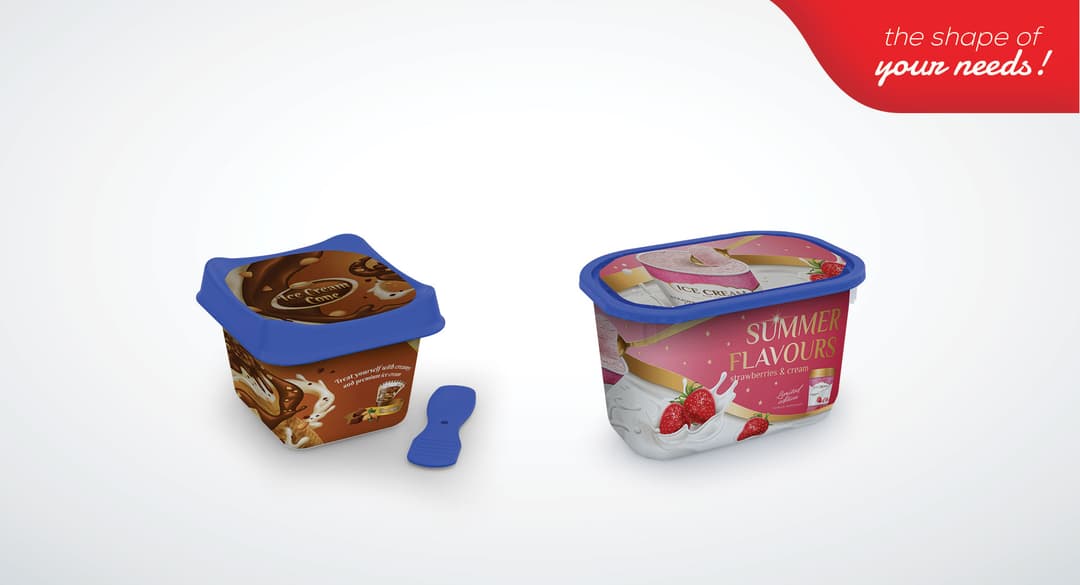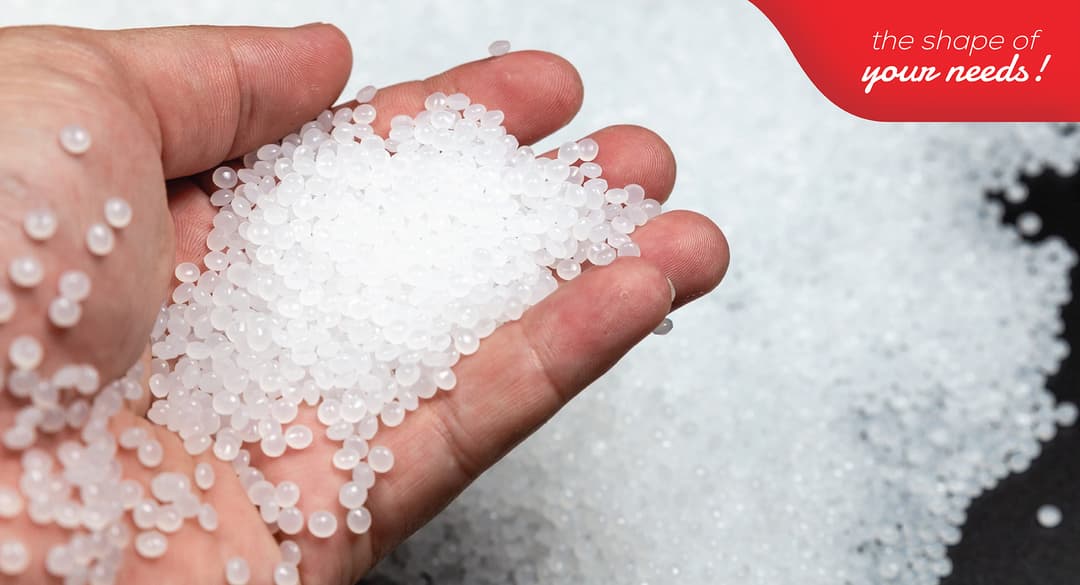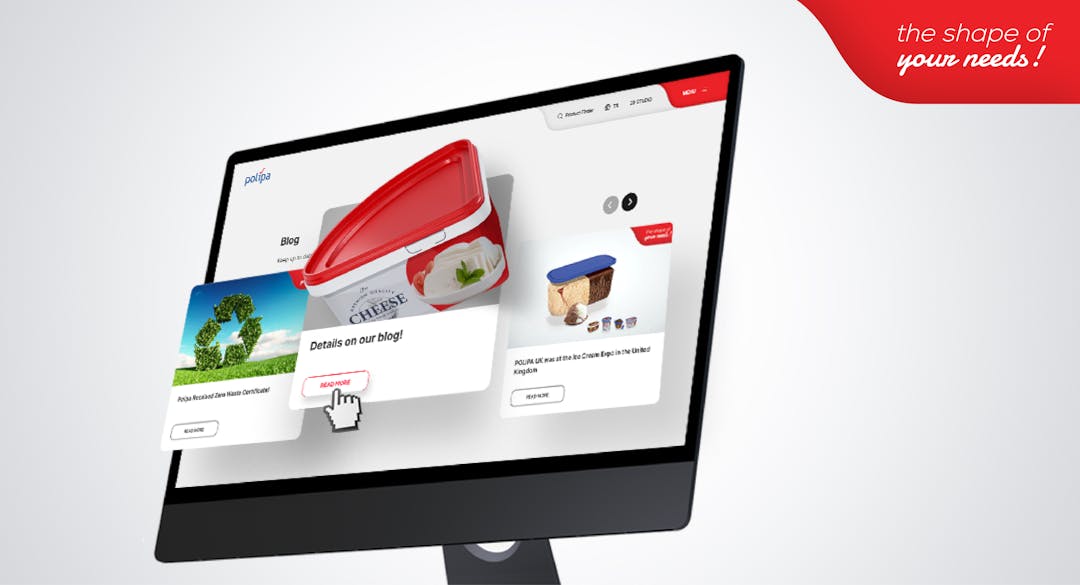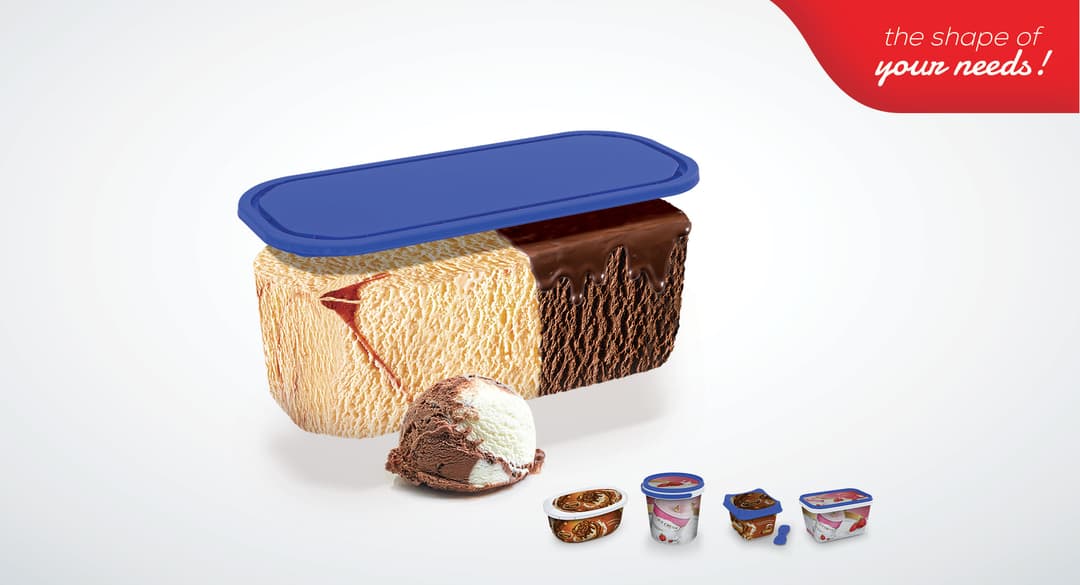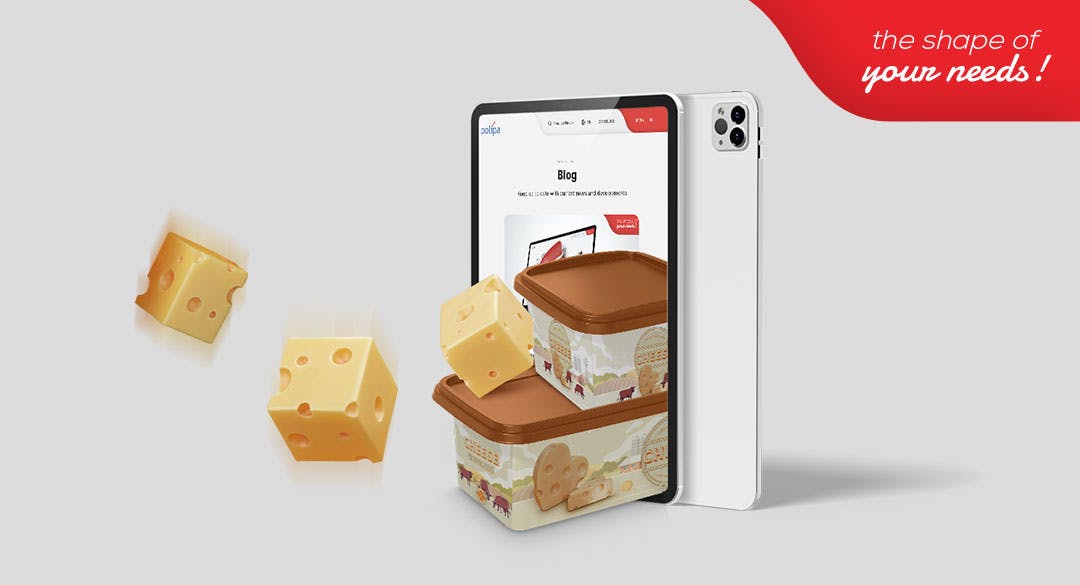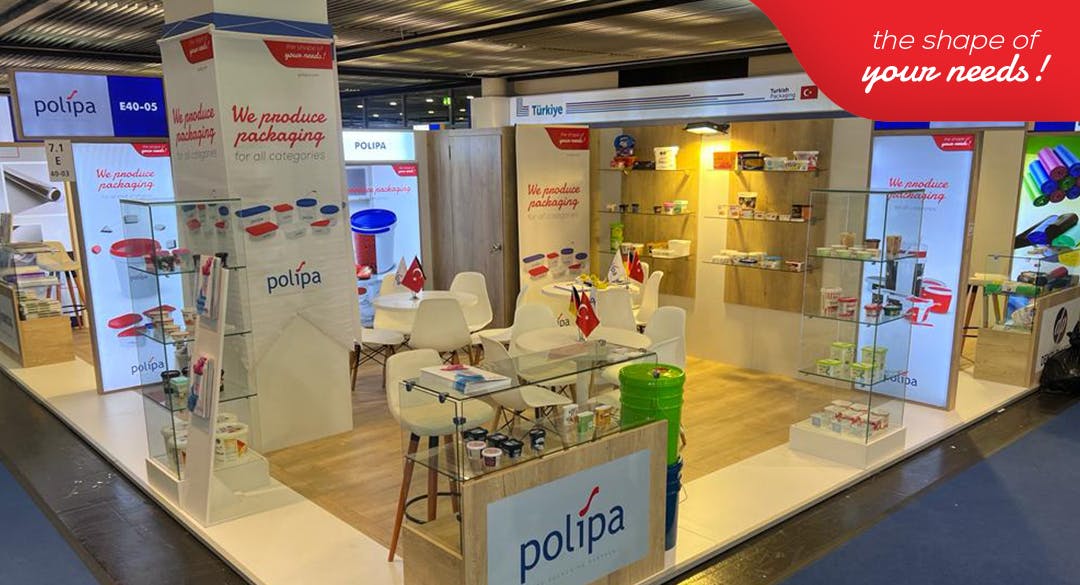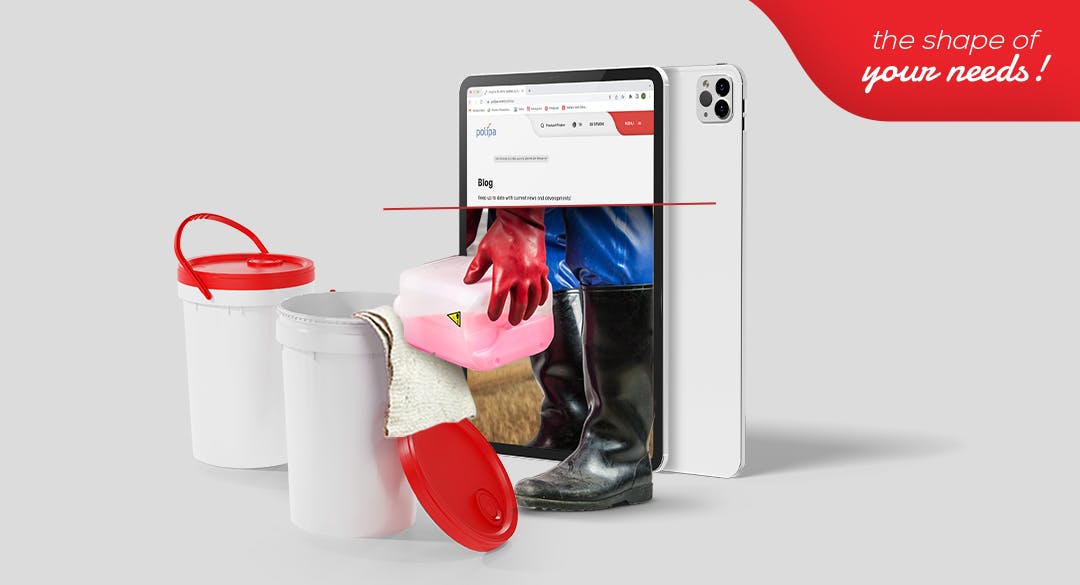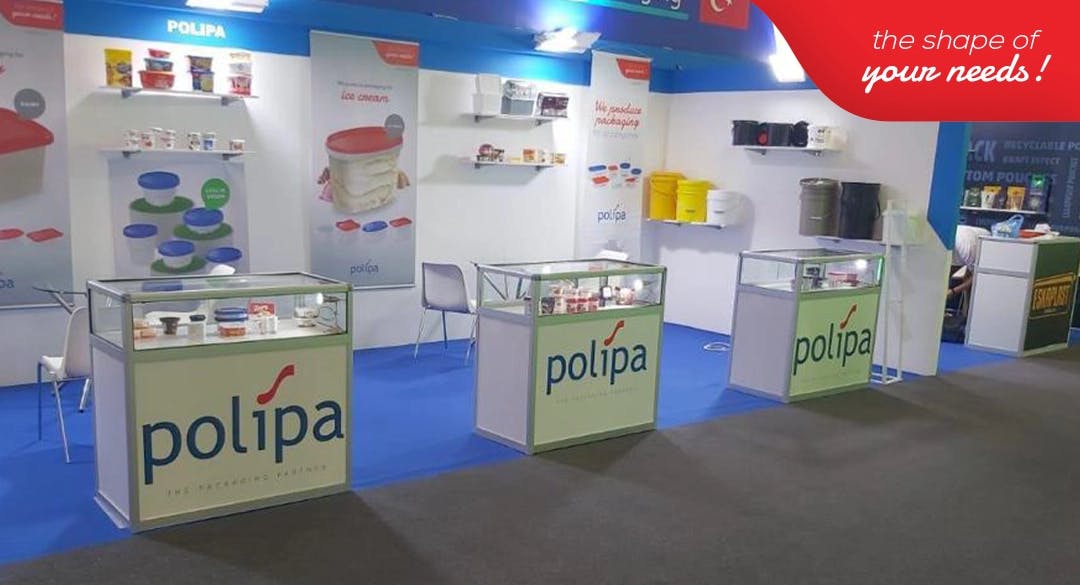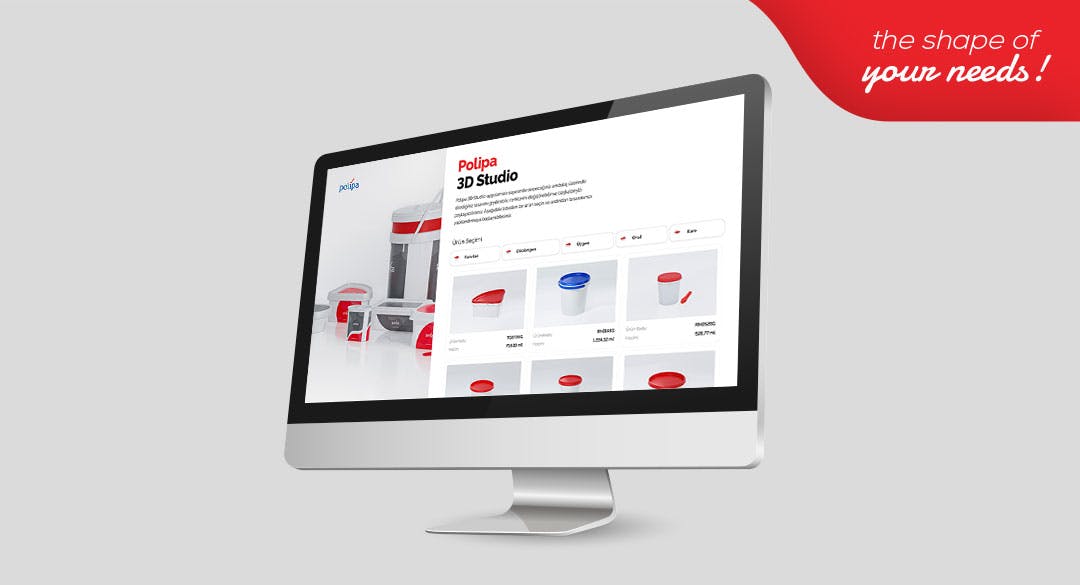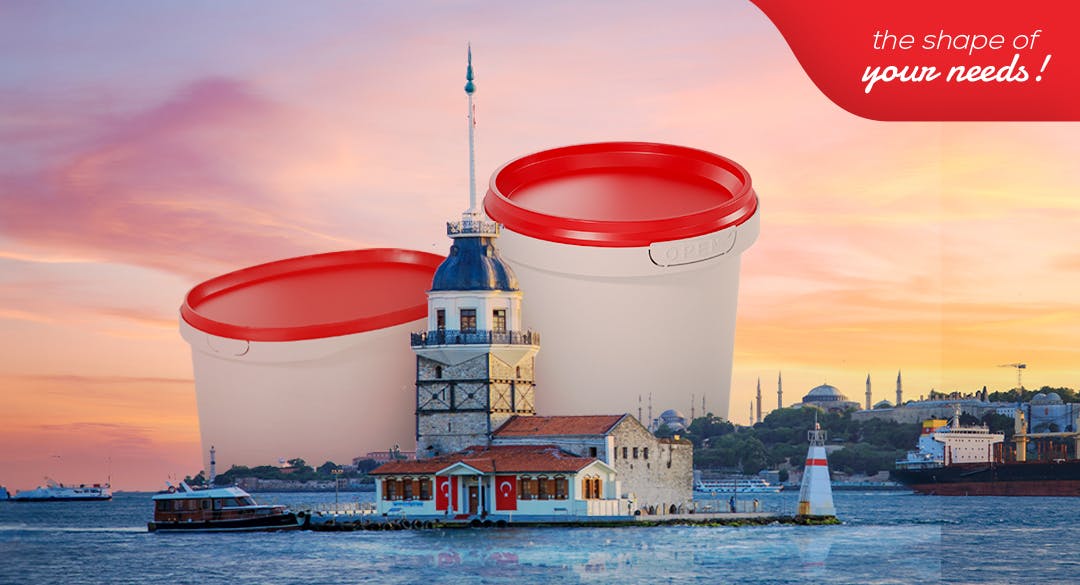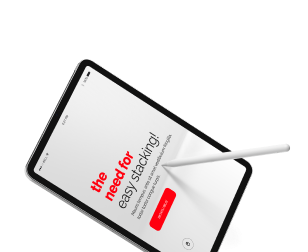The Power of Packaging in Marketing
Packaging protects the product and facilitates transportation, storage, sales, and usage. It is made of materials that can be either partially or completely discarded later. Moreover, packaging serves as the first point of contact with the consumer, conveying the producer's intended message. Therefore, packaging is considered the fifth 'P' of marketing.
Packaging should be designed to attract the consumer's attention, generate interest, provide information about the product's features, ensure consumer trust, and leave a positive impression. Additionally, packaging contributes to the instant recognition of a company or brand. (Kotler, 2000:286).
Functions of Packaging
Motivational Function:
Attracting Attention and Generating Interest: Packaging helps a product stand out on store shelves or online platforms, distinguishing it from other products.
Communicating Brand Identity: Packaging plays a crucial role in reflecting a brand's identity and values. Colors, fonts, logos, and overall design are utilized to convey the brand's character and message.
Introducing and Informing About the Product: Packaging also serves to provide essential information about the product, including contents, instructions for use, materials, and other pertinent details.
Building Emotional Connection: Packaging has the potential to create an emotional impact. Carefully designed packaging can help consumers form a deep emotional connection with the product.
Differentiation and Competitive Advantage: Innovative and original packaging designs can influence consumer preference for the product, providing a competitive edge.
Protective Function
One of the most critical functions of packaging is its versatile protection along the journey from the manufacturer to the end customer. It prevents the product from being adversely affected, deteriorated, or contaminated by external factors such as light, moisture, heat, air, and impact.
Convenience Function
The convenience function encompasses ease of filling the package with the appropriate amount of product, opening and closing, using, disposing, storing, and placing on shelves. In addition to these functions, packaging also serves to visualize the product and adjust the product's price along with changes in the size of the packaging.
Packaging serves a vital role in marketing, extending beyond its functional purposes. As the first point of contact for consumers, product packaging plays a significant role in shaping initial impressions. Well-designed and appealing packaging can instantly capture attention, pique interest, and stimulate curiosity. It serves as a potent tool for communicating brand identity, utilizing visual storytelling to convey the brand's essence and target audience.
When packaging is perceived as user-friendly and convenient by consumers, it can enhance satisfaction with the product and brand loyalty.
Packaging has the power to evoke emotions, which can significantly impact purchase decisions. Whether triggering nostalgia, excitement, or a sense of luxury, the emotional response elicited by packaging can strongly influence consumer behavior. Thoughtfully designed packaging can establish an emotional connection, presenting the product as a must-have item.
Packaging can be a pivotal component of broader marketing campaigns. Social media trends, such as unboxing videos, underscore the significance of attractive packaging. Engaging packaging can inspire customers to share their experiences online, offering valuable word-of-mouth promotion.
At its essence, packaging serves as a silent yet potent salesperson that can profoundly impact a product's success in the market.
Reference: (Gumushane University, E-Journal of Faculty of Communication, Fadime Dilber, Abdülkadir Dilber, Mustafa Karakaya, March 2012)


